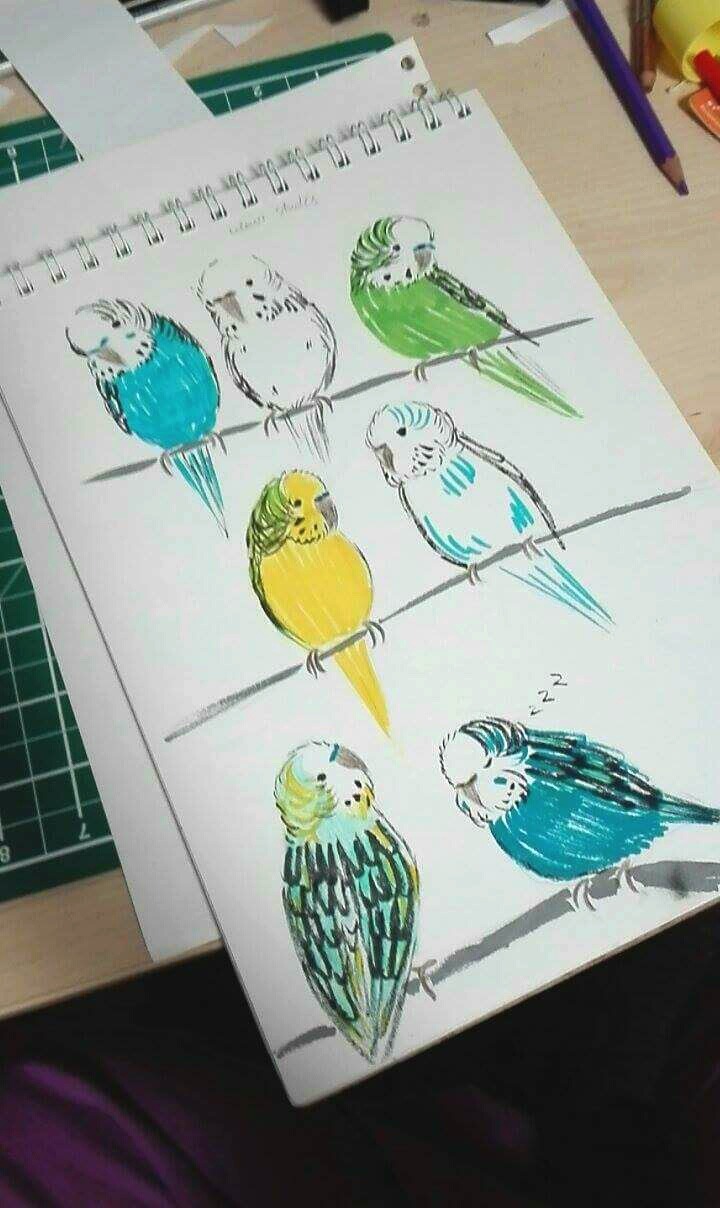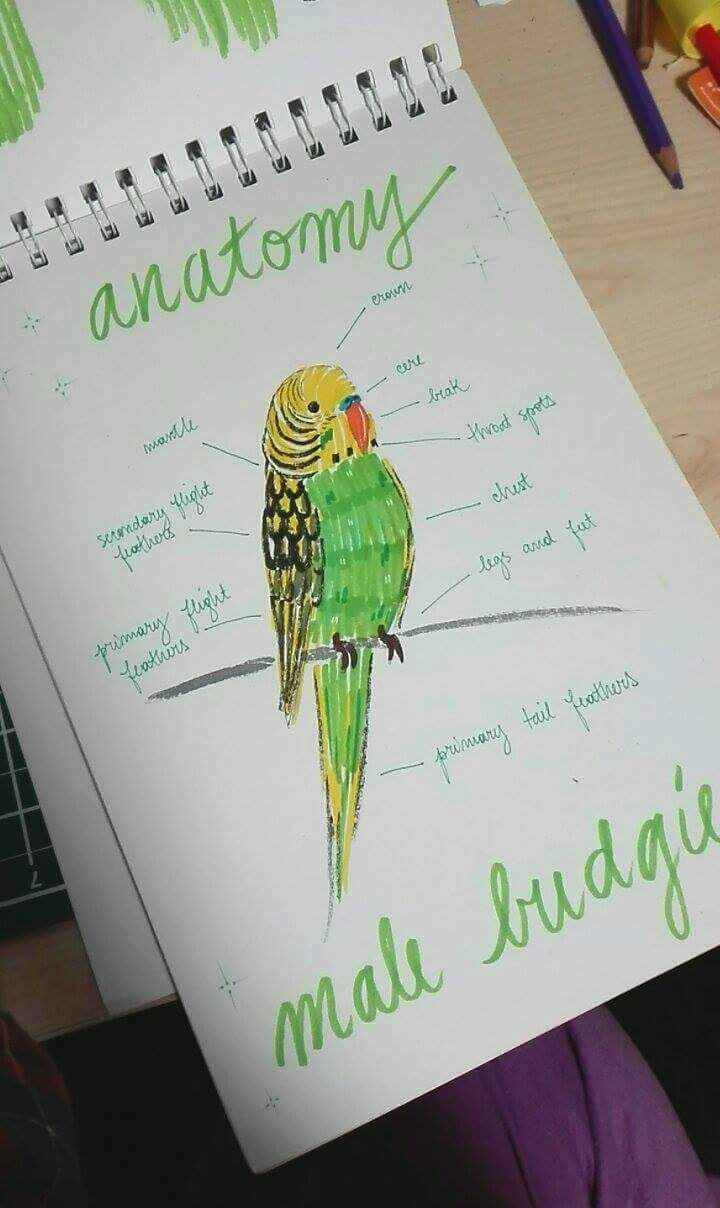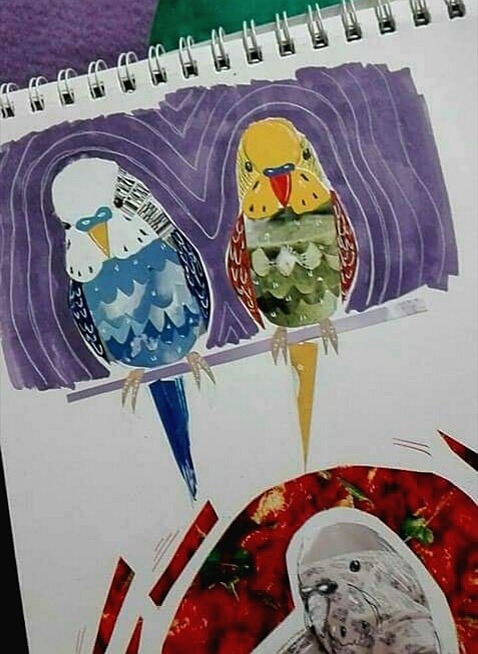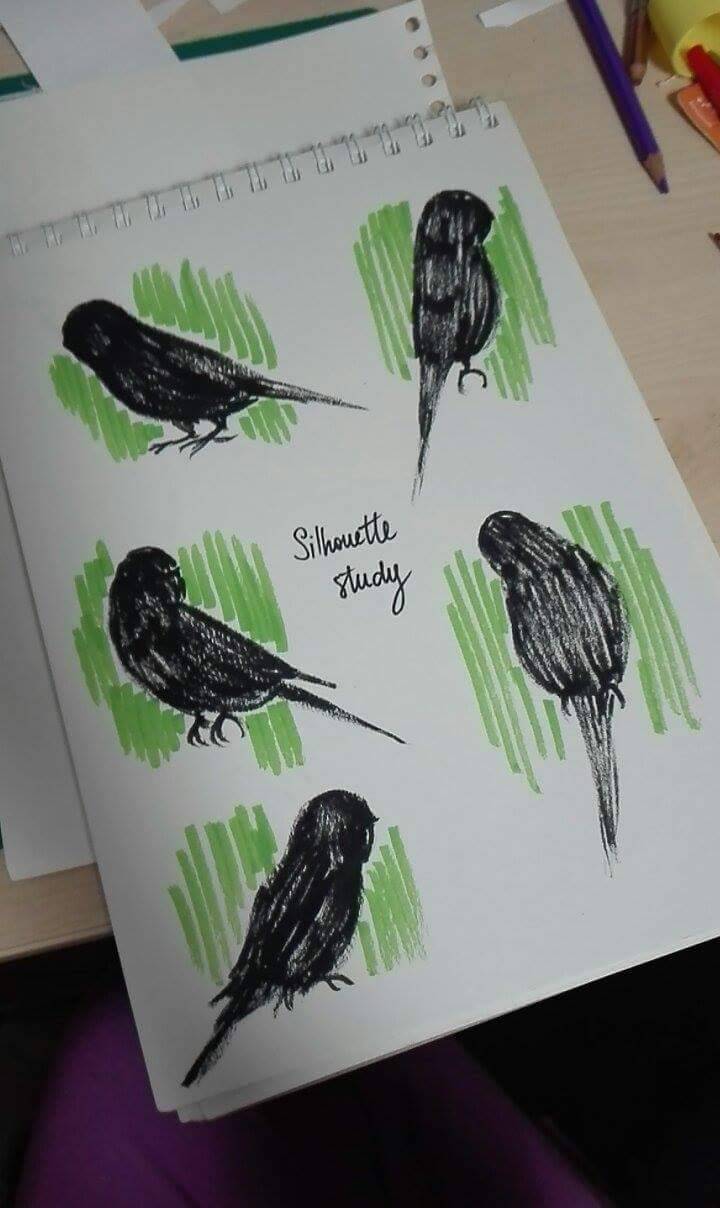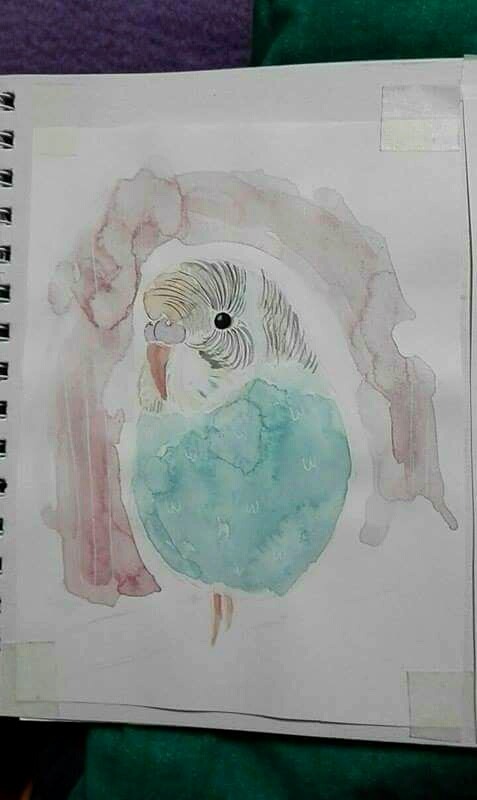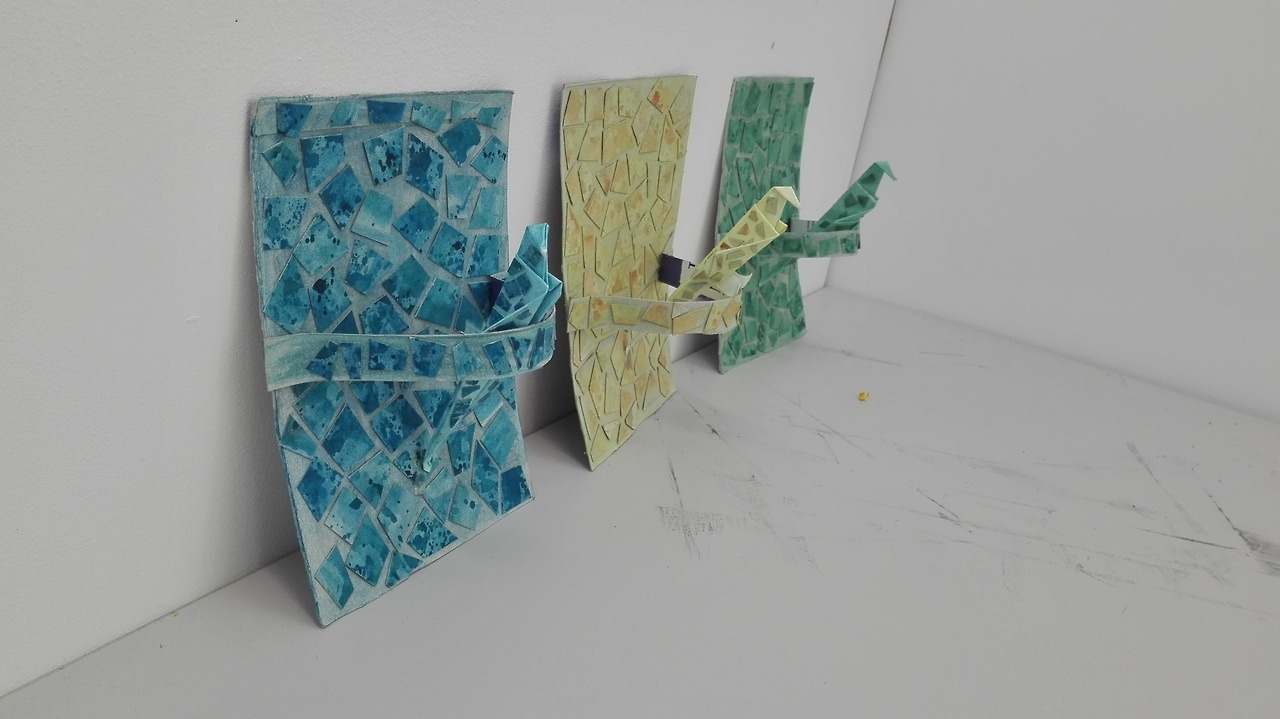I decided to be a little different with this project and look into the animal of a human, which is under the umbrella classed as a mammal.
The specific area I decided to look into was that of the brain and how different people can behave in different ways compared to others. I began by looking in the general structure of the human skull.
This is a charcoal and chalk drawing I produced to represent the skull.
After this point I began to look into the idea of how a murderers brain could be potentially different to that of a person who has not committed a murder, so from here I started exploring the concept of forensic science, in particular, the use of a fingerprint detection.
So from this point I decided that to try and back up the idea of using finger prints, I needed to try this myself. Using a few different mediums to get the best possible fingerprint print, this image was using the media of lino block ink.
From here i began to explore the idea that there are many films which would include the thoughts of murderers and films that contain murderers, this is where I entered the print room and created an etch.
The etch was from the film A Nightmare on Elm Street and I decided to try and recreate the hand of Freddy Kruger, the infamous dream killer.
My final image comes from the inspiration taken from a workshop with My Dog Sighs. During the workshop i created a doll that had been savagely attacked, but was left hanging with a suicide note, which left it on a cliffhanger as to whether he committed suicide or was in fact murdered.
After drawing the image into a scratch board, I then uploaded the image into Photoshop and inverted the image and coloured the eyes to try and make the drawing a little more life like.












